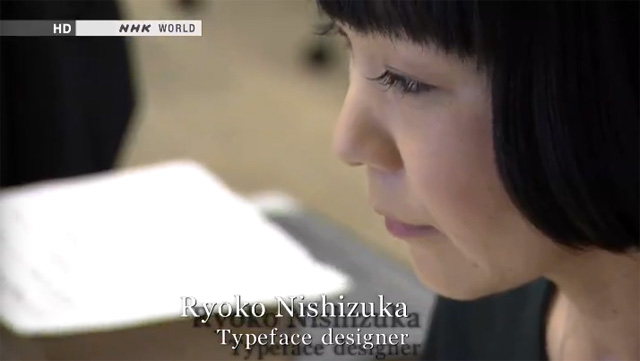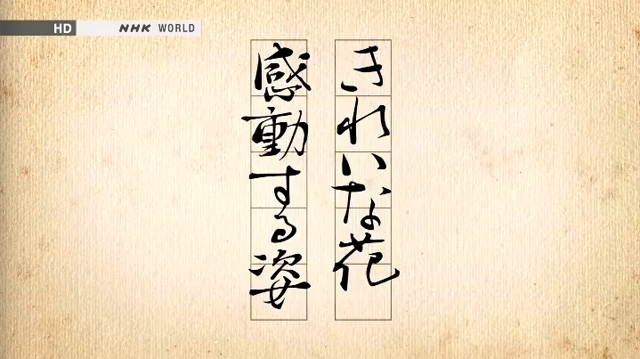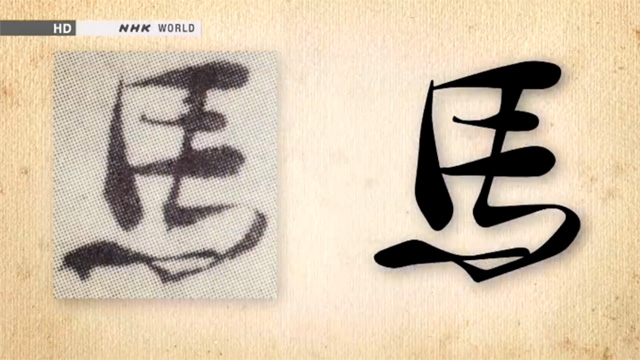[I’d like to preface this article by stating that it was written and contributed by our esteemed colleague, Taro YAMAMOTO (山本太郎), who manages our Japanese typeface design efforts in our Tokyo office. — KL]
NHKワールドでは、ロンドン時間で6月13日(木)1:30–2:00の番組『Design Talks』で、日本語タイポグラフィを取り上げる。ひらがな、カタカナ、漢字、ローマ字など種々の異なる種類の文字が用いられる現代の日本語タイポグラフィは、手書きの時代に築かれた、多彩な芸術的な成果とも深く関係している。この番組では、書体デザイナーに取材することで、日本語タイポグラフィの特質を明らかにする。
この番組についてはこのリンクを参照してください(番組のスケジュールや視聴方法については、上記URLのページにあるリンクをご覧ください)。
NHK World’s TV program, Design Talks, to be broadcast from 1:30 to 2AM on Thursday, June 13th (UTC, London Time), will feature Japanese typography and typeface design. Various kinds of characters, such as Chinese ideographs, Japanese hiragana and katakana syllables, as well as Latin alphabet characters are used in Japanese typography, and it has a deep relationship with the tradition of Japanese calligraphy and handwriting, which were artistically made, and represent a culmination from the past. This program tries to shed light on the unique characteristics of Japanese typography by interviewing talented type designers of today, one of whom is Adobe’s own Ryoko NISHIZUKA (西塚涼子).



For more information about the TV Program: Design Talks (please refer to the links on that page to find out the program schedule and how to watch the program).
[For those in the US, you can check the schedule to find out when this program will be broadcasted. The easiest way to watch the program is by using the “NOW ON AIR” pod in the upper-right corner of the main page. For those in the PDT time zone, such as California, it will be broadcasted at 6:30PM and 10:30PM on Wednesday, June 12th, and at 2:30AM, 6:30AM, 10:30AM, and 2:30PM on Thursday, June 13th. — KL]

